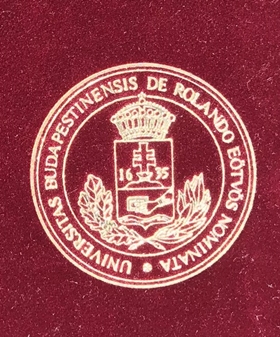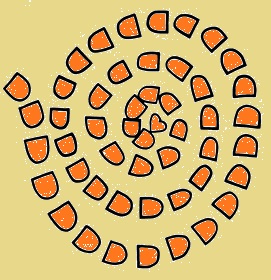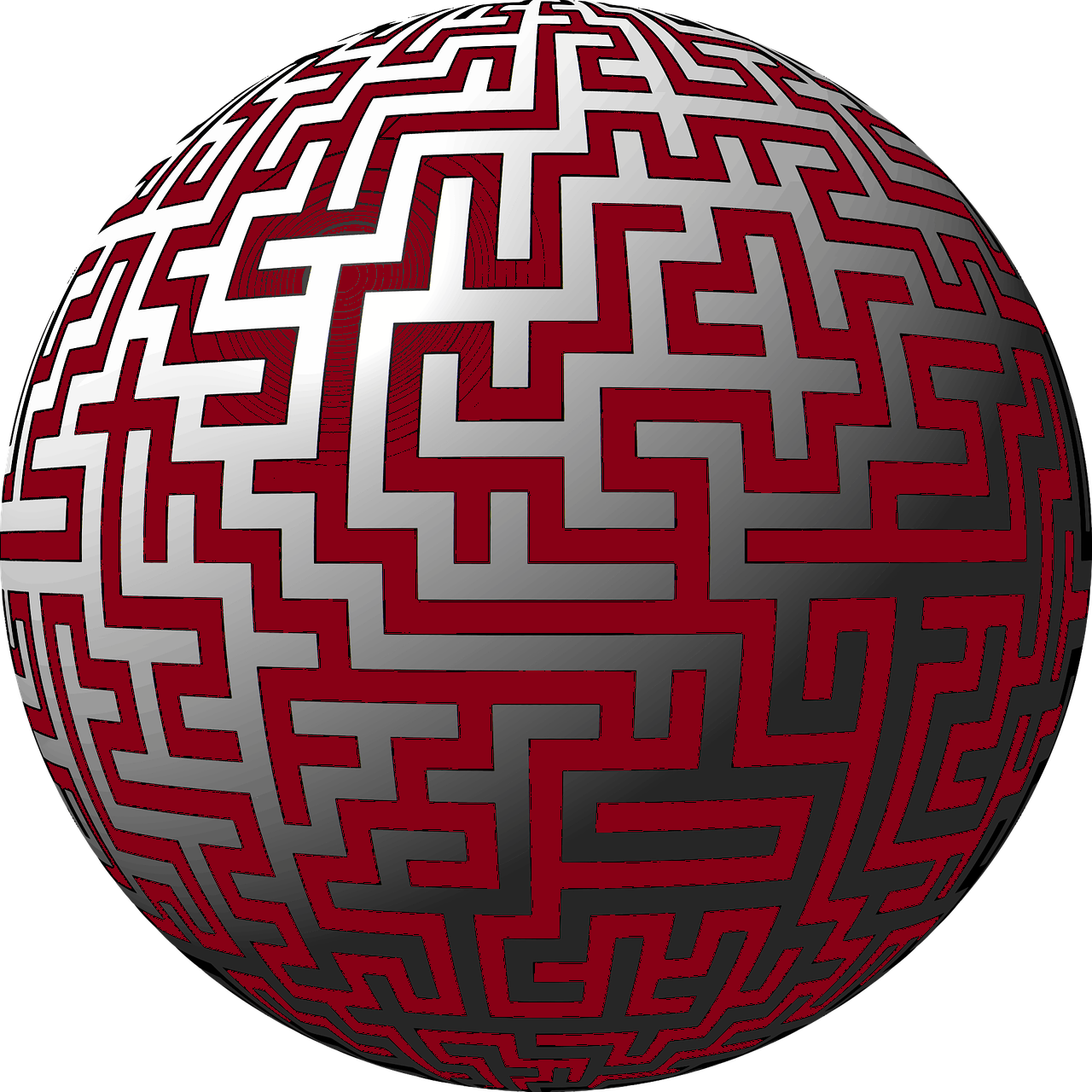EVTIMEA: My scientific research
Life is short, but wisdom is eternal.
̔O βιoς βραχυς, ̔η δε σoφια απειρα.
On this page, you will find an overview of my studies on the ancient history of philosophy and science.
I studied philosophy at Eötvös Loránd University (Hungary, Budapest). I received my Ph.D. in 2014 at the
Doctoral School of Philosophy, in the program Ancient Philosophy. My research focused on the philosophical
poem of Parmenides of Elea and the argument structure of Aristotle’s Physics and his continuity theory.
Copyright: Tímea Várőri (PhD) alias EVTIMEA, 2024 May

ON PARMENIDES
Parmenides was a pre-Socratic philosopher in the 6th century BC, in Elea. This was one of the ancient
Greek cities, which is now situated in Italy. His philosophical poems have been the most mysterious poems in
world literature for 2500 years. The difficulty in understanding them comes from the confusion of two opposing:
the “opinions” of mortals and the “truth” sanctioned by an unknown Goddess.
It is possible that they bear traces of the teachings of the Pythagoreans but, unfortunately, for lack
of written material, we know even less about them. The narrative tells of Parmenides’ voyage to meet a
powerful goddess. The Goddess initiates him into the knowledge of the cosmos and explains why mortals do
not understand it. The opinions of mortals are doubtful because they are based on perception. But human
senses are always ambiguous: either we have perception or we don’t. Therefore, experiential cognition
always occurs in pairs of opposites: light and dark, warm and cold, and so on. This “two-headedness”
(duality) is uncertain and even contradictory. It cannot be the basis of scientific research because
science seeks clarity and constancy.
To uncover the true nature of things (the Truth), we must unite the conflicting dualities. Our
perception alone cannot achieve this but our pure logic, abstracted from experience, is what makes it
possible. This helps us to understand that, for example, hot and cold are really one thing: they are two
sides of the sensation of heat. In the same way, daylight and night are one: two halves of the same day.
Similarly, man and woman are not two different species but one: human.
The discussion, eventually, leads to Parmenides’ analogous interpretation of the belief in reincarnation.
For life, the existence of living beings is only half of the truth. The living become dead, and, logically,
the dead also exist, only not in this experiential-perceptual world, but in another. Then the dead in the
afterlife can be reborn as flesh and blood. The living man is here; the dead man is not here. So, the two
halves of existence are existence as a living man here on Earth, and existence as a soul without a visible
material body somewhere in Heaven.
Thus, Parmenides’ poem relays to the disciples, the essence of abstract
scientific thought in verse.
The strange goddess, by the way, is a motif that could obviously be of interest to feminist philosophical research. Feminist readings seek to complement classical explanations of the history of philosophy by taking into account the perspective of femininity. The anonymous goddess of Parmenides, for example, strongly resembles the ancient cult deity of antiquity called the Great Mother—the mistress of life and death. With this addition, a more complete interpretation of the poem is possible.
Copyright: Tímea Várőri (PhD) alias EVTIMEA, 2024 May

ON ARISTOTLE
1 Aristotle and the concept of the present
One of the interesting aspects of Aristotle’s Physics is the study of the concept of the present or now.
However, the interpretation of time is a perennial philosophical problem. In the eyes of St. Augustine
(or Aurelius Augustinus), the only thing that truly exists is the present time. The past is merely a
memory that we recall in the present, and the future is nothing but our imagination in the present.
Aristotle, of course, recognizes the validity of such a naive, ordinary conception of time. He argues,
however, that such a perception-based conception is not permissible in scientific thought. The concept of
the present must be strictly logical and must also be consistent with the relevant mathematical theorems.
Thus, the now or the present moment is nothing more than the boundary between the period representing the
past and the period representing the future. As such, a boundary is a special geometric concept in ancient
(Euclidean) mathematics: it has no tangible dimension since it is not a real, tangible physical boundary,
but only a mental concept of what separates things. If the present is indeed the boundary between the past
and the future, connecting and separating them at the same time, then it must be such a geometric boundary.
Thus, according to Aristotle, the scientific viewpoint contradicts our normal understanding. The moment
of now is not measurable, not perceptible; that is, it is something without duration. It is a point without
dimension, in geometric terms.
2 Aristotle and continuity
According to my doctoral research, the key concept in Aristotle’s Physics is a geometric problem:
continuity. Continuity is still a fundamental mathematical concept today, but in antiquity, it was treated
only as a geometric theorem, and, therefore, not applied to number theory.
The essence of continuity is that something is not interrupted, not broken, but continues to move
steadily forward. This is how we imagine a geometric line and, in general, everything that is “infinite.”
The Aristotelian philosophy of nature imagines the phenomenon of motion on the geometric example of
continuity, on the model of a straight-line segment. He analyzes the ubiquitous movement and change in the
world through the analogy of the geometric line and the point that interrupts it. In the same way, he
analyzes the concepts of duration and travel, which are closely related to movement.
Thus, the first steps toward modern kinematics are detailed in the work. However, it is a serious
departure from our modern understanding: a line segment in the world of ancient (Euclidean) geometry is not
composed of points. A geometric point is 0-dimensional, it can never be a one-dimensional line, not even of an
infinite number of points. For the Aristotelian conception of infinity is literally endlessness: there is always a new part that follows. Therefore, just as a line segment cannot be made up of points, neither can a continuous duration be made up of points in time, nor can a continuous motion be made up of any discrete units of motion.
Excerpt from the summary of my PhD thesis:
“The aim of this dissertation is to explore the context and complexity of the definition of continuity.
It is well known that Aristotle first formulated the definition of continuity by relating it to infinity,
saying that the continuum is infinitely divisible (A/2, 185 b10-11). This definition is present throughout
Physics, though not conspicuously so, as the basis on which Aristotle builds his analysis of motion and
change. The basis is clearly geometric: the continuity of the geometric line represents the continuity of
time and path of motion, i.e. without interruption, pause, or stop.
The object of research, then, is first and foremost this deeply hidden, ‘deepstructural’ organizing
force of continuity in Aristotle’s philosophy of nature. It is the analogy with the geometric line and the
point that enables Aristotle to discuss the process of motion and change of natural beings in more complete
detail than his predecessors, and even to arrive at the first cause responsible for the motion of all
natural beings: the first motionless mover.”
Copyright: Tímea Várőri (PhD) alias EVTIMEA, 2024 May
